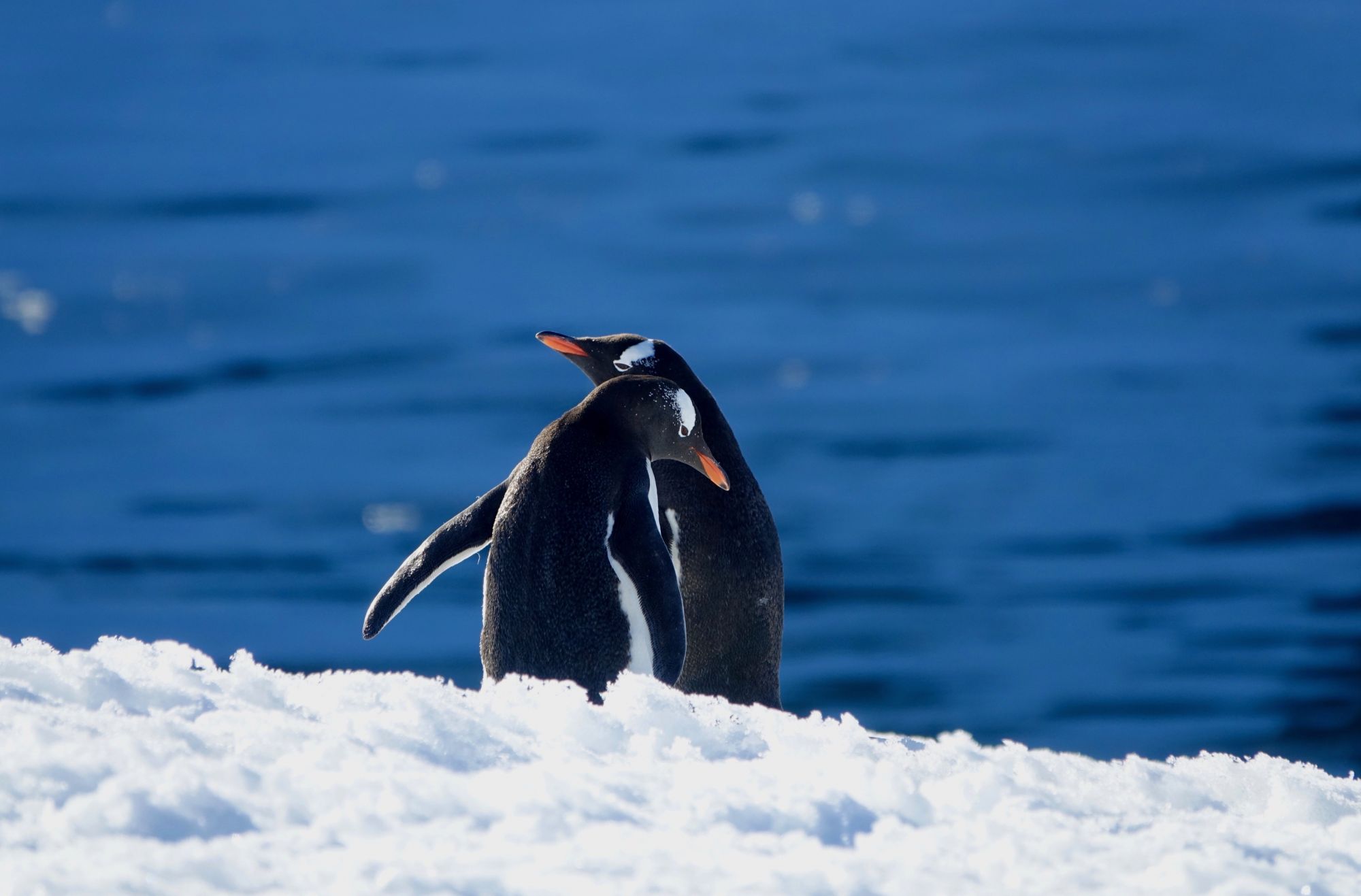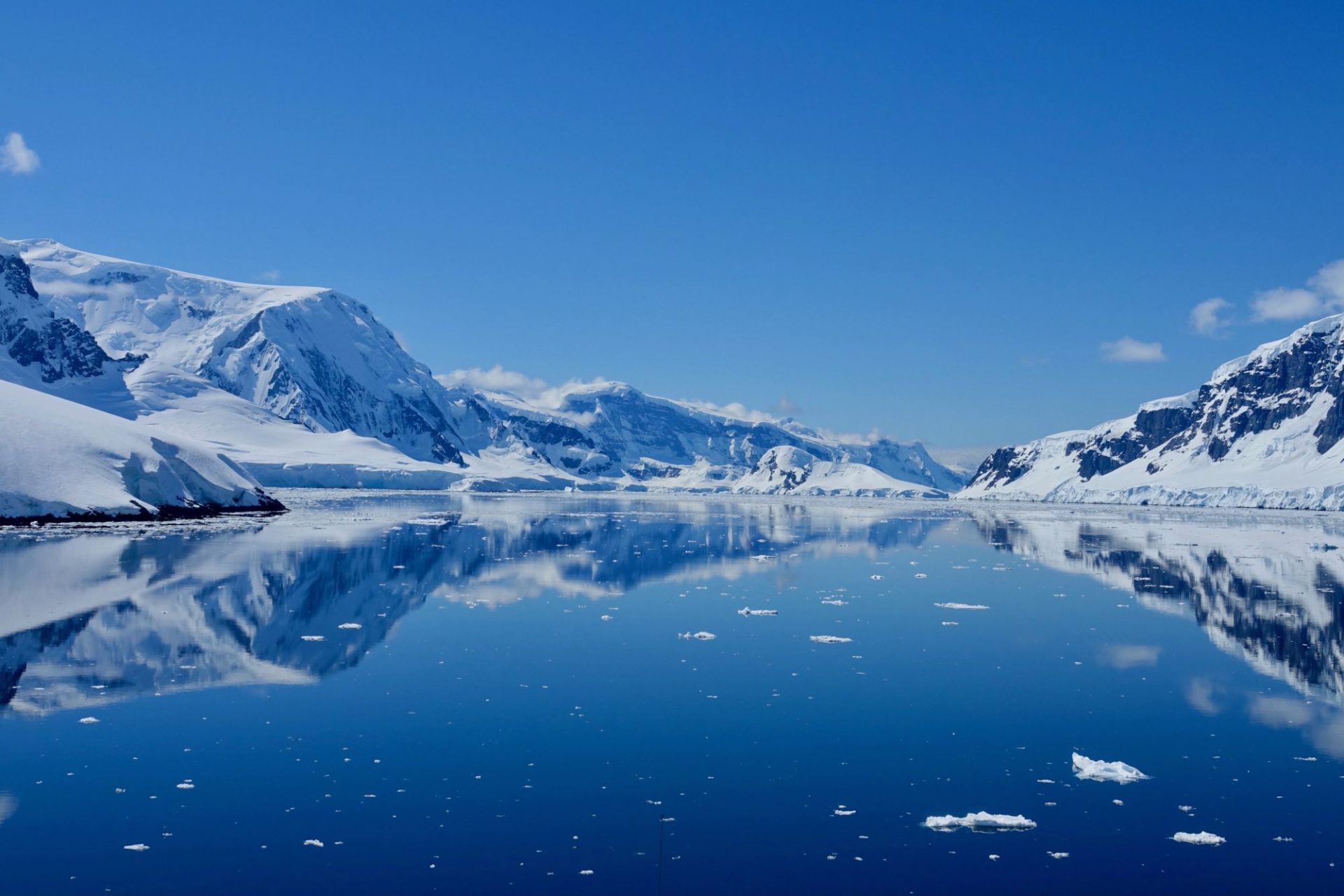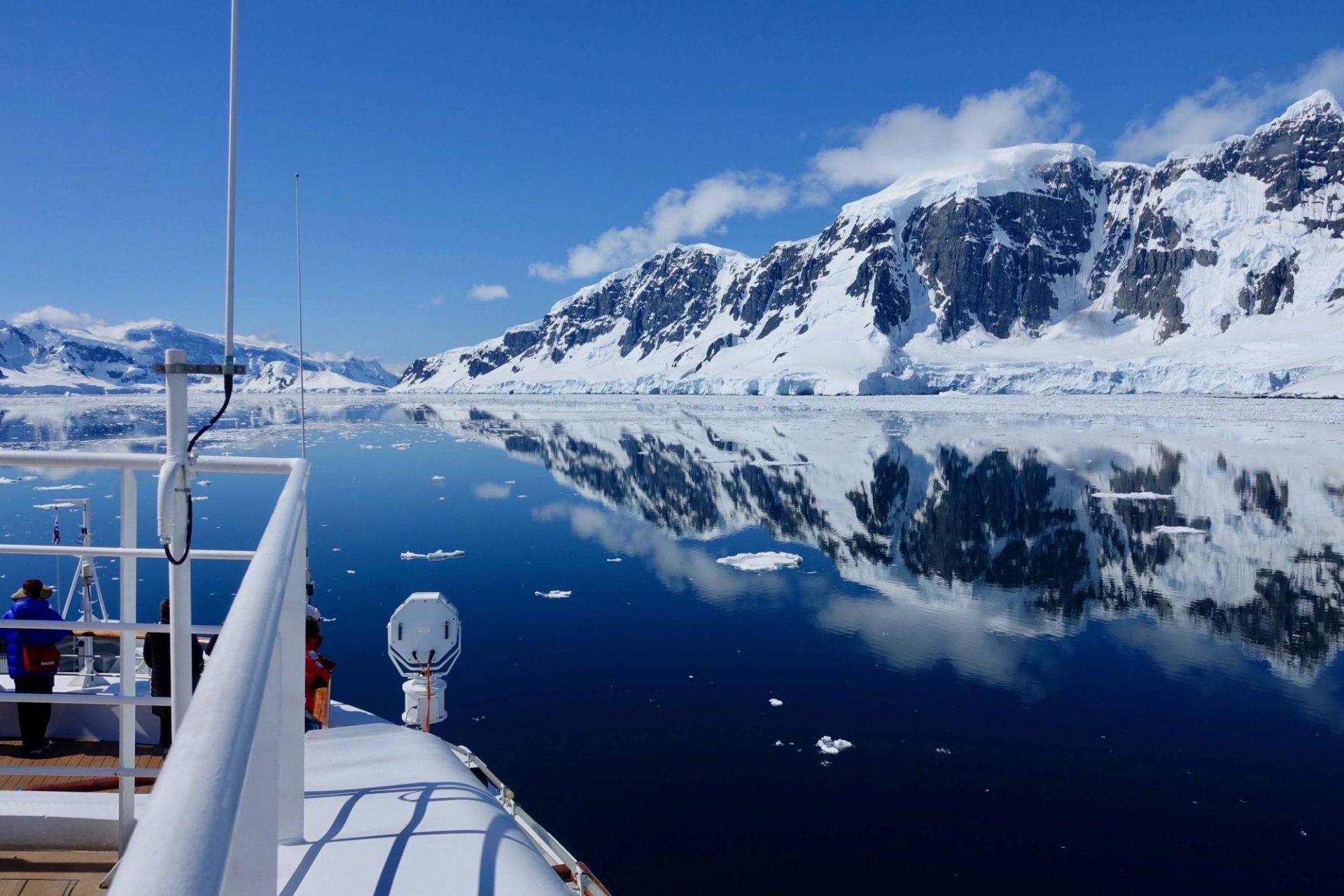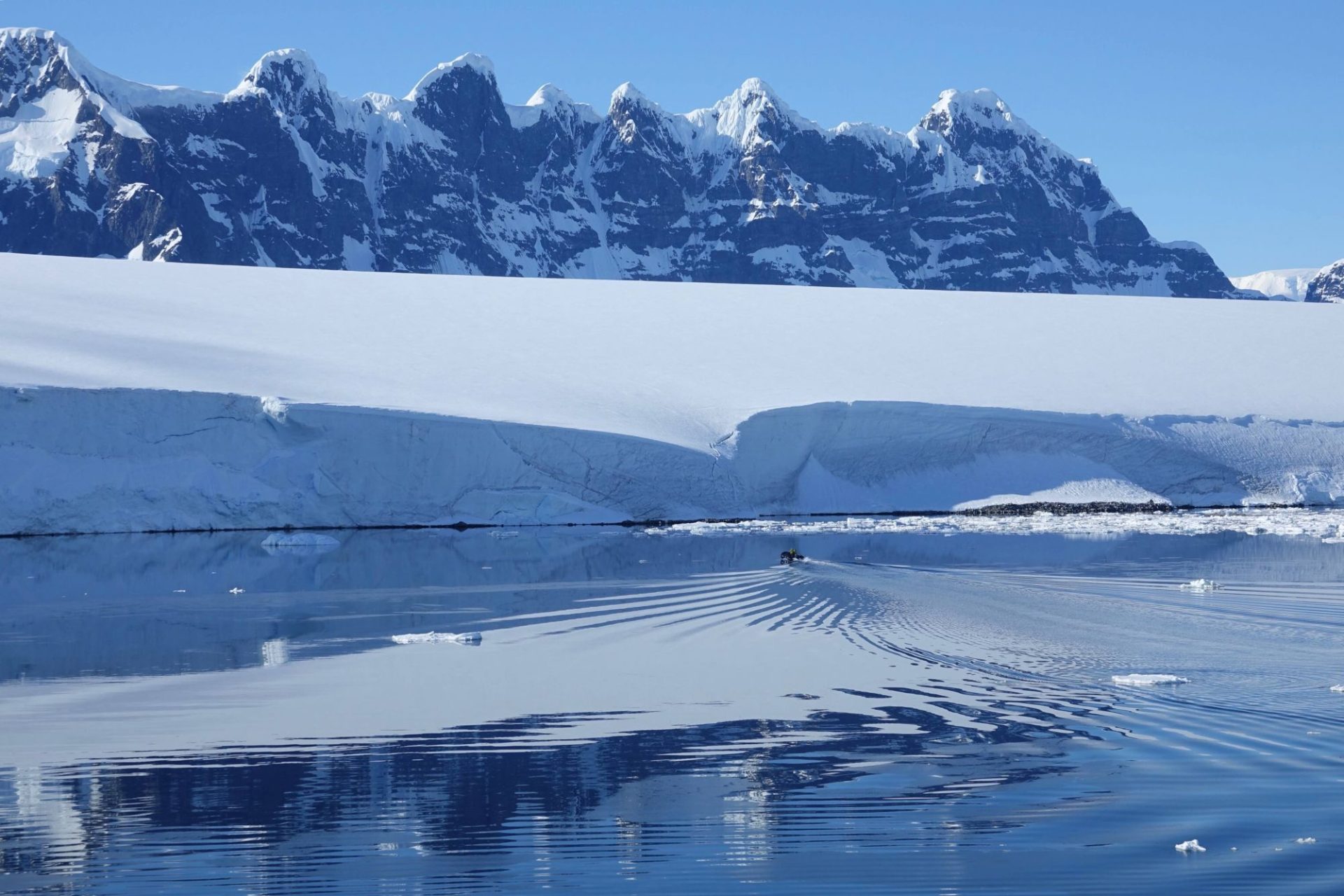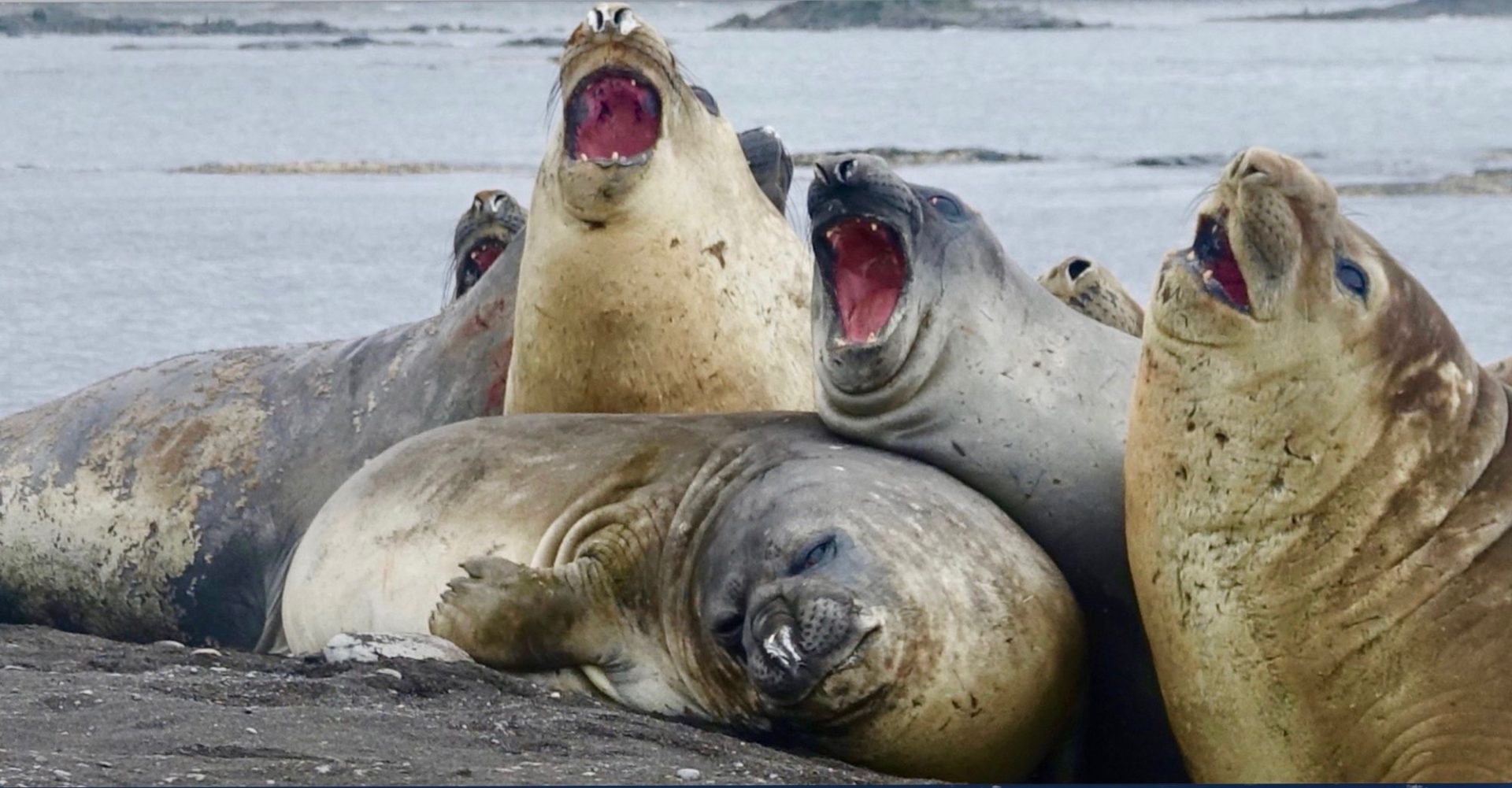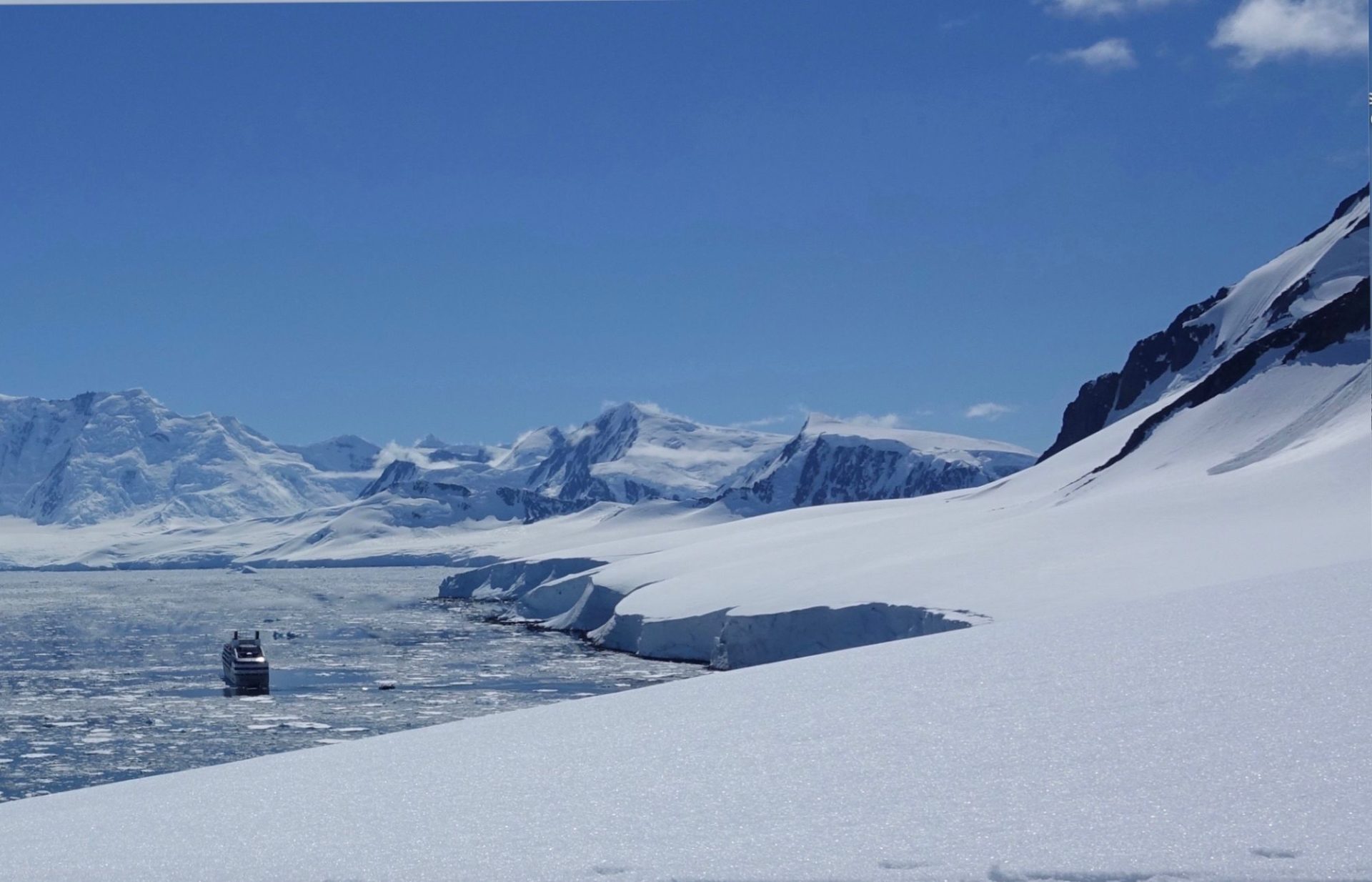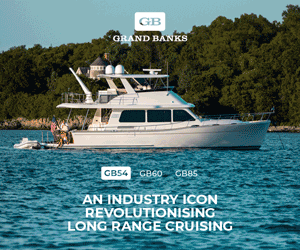Polar journey
Considered the gateway to the continent of Antarctica, Ushuaia in Argentina's Tierra del Fuego province is described as the coldest, driest and windiest place on earth.
Written by Daniel Resnik
Photography by Daniel Resnik
16 December 2020
To get to Antarctic Peninsula from Ushuaia entails a two-day voyage through The Drake Passage which is renowned as one of the roughest sea passages in the world.
It’s here that the Atlantic and Pacific Oceans converge and cause soaring currents and at times, fearsome seas.
If you like terribly rough conditions, you’re going to love the journey and find the experience exhilarating as you cruise through an endless surge of swells framed by ominous grey skies. Along the way you’re escorted by a throng of seabirds including albatross and cape petrels.
The metamorphosis nearing the peninsula is as dramatic as it is magical. The closer you get to Antarctica, the colder it becomes. Huge icebergs appear, as do the occasional humpback whales heading back to feed after breeding in the warmer tropical waters of the Pacific.
When you finally arrive into the calm sheltered waters of the Antarctic Peninsula, it is time to rejoice.
Le Soléal is skippered by ten-year polar-veteran Captain David Marionneau, who has sailed to some of the most remote destinations in the world. He’s always available to talk to passengers, and his enthusiasm and passion for navigation and the love of his profession shines through.
Our onboard expedition leader on this adventure is veteran John Frick, who’s on his 113th polar trip and has been an expedition leader for 18 years. Frick hails from Pennsylvania, and his enthusiasm for Antarctica is infectious.
Just two days into the Antarctica Peninsula and already we’ve seen some of the most brilliant mountainous landscapes with seas packed with ice, icebergs the size of city blocks. Then there’s the wildlife; penguins, seals, orcas, humpbacks, minke whales and a huge variety of seabirds.
Cruising through the Antarctica Lemaire Channel we feel minuscule compared to the enormous snow-covered mountains either side.
It’s summer in mid-December, and it’s daylight 24/7. Although this makes it difficult to sleep, you don’t really want to for fear of missing out on seeing something remarkable.
At 5:30 am one morning, I’m awoken by an announcement by our captain that a pack of killer whales (orcas) are on the starboard side of the ship, which happens to be on the side of my cabin. I race out onto my balcony and start taking photos of a pack of five orcas chasing one defenceless penguin. These whales are so close to our ship; I feel like I can almost touch them. The poor little penguin shows elusive skills and thankfully escapes onto a chunk of floating ice.
Twice each day with the weather permitting there are zodiac tours that one day sees us walk among 200,000 nesting Adelie penguins on Paulette Island to the next morning strolling on Hannah Point, Livingston Island. There we watch large packs of elephant seals belly-flopping, grunting, butting, belching, snorting and snoring while penguins casually waddle by.
High in the protective rocks above the beach and away from prying eyes are southern giant petrel and blue-eyed shag birds.
Every moment onboard our 1,960 nautical mile journey is captivating. But it’s under a cloudless sky on our third day, moored in Wilhelmina Bay whilst devouring another superb lunch that one of the most memorable wildlife sightings happens. Against a backdrop of the snowy mountains, a humpback whale appears for a 40-minute breaching spectacular.
Antarctica is a once-in-a-lifetime experience and the most compellingly beautiful and untouched wilderness.
Ponant is the only French cruise line and a world leader in luxury expeditions offering exceptional destinations on a small capacity ship. Le Soleal offers a subtle combination of luxury, privacy and comfort.




